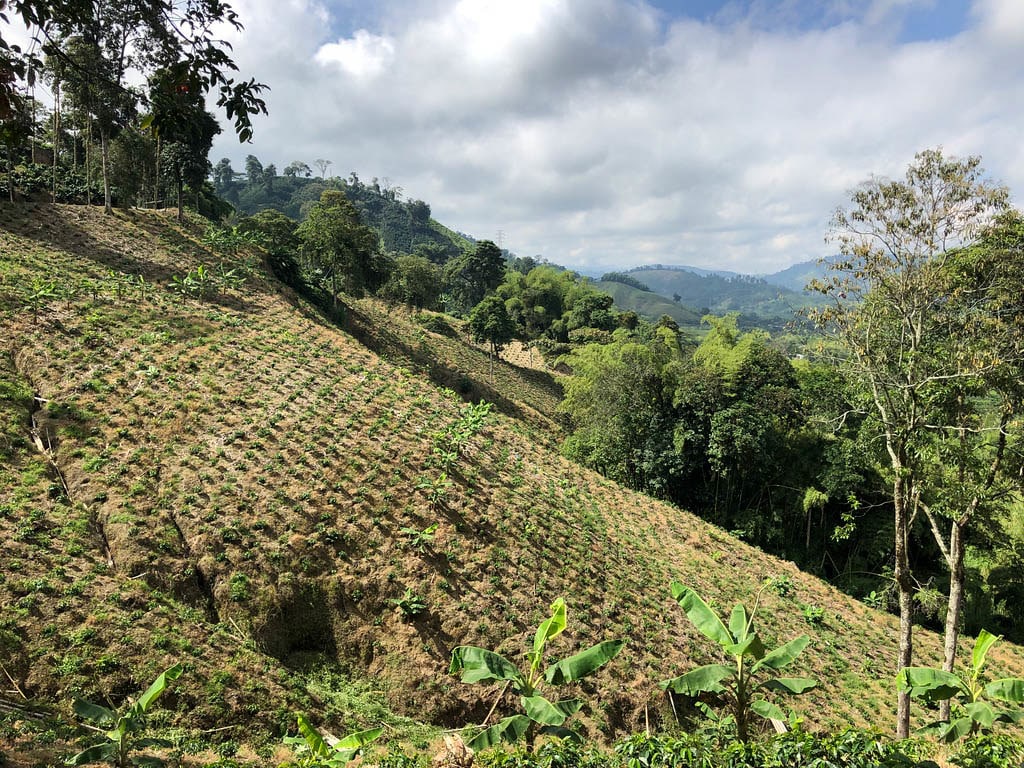The Forest Footprint helps cities measure and address their impact on tropical deforestation and associated carbon emissions. A user-friendly dashboard helps officials visualize the data, and an action plan kit helps cities make progress along ten diverse pathways.
Opportunity
Cities are responsible for the majority of tropical deforestation through the consumption of everyday commodities. Between 2011 to 2015, agriculture directly or indirectly drove between 90 to 99% of all deforestation in the tropics. Felled forests release their stored carbon into the atmosphere, contributing to climate change. Continued tropical deforestation also threatens about two-thirds of the world’ biodiversity and shifts rainfall patterns, severely impacting cities even when these forests are far away.
Tool Description
Which has a greater forest footprint for Jakarta, beef or soy? What is the cost to biodiversity of Brussels’ coffee consumption? Forest Footprint for Cities helps answer such questions by providing cities with science-based estimates of their annual deforestation impact and associated carbon emissions, with a breakdown by key commodities. The estimates make cities’ carbon accounting more accurate and their climate planning more efficient. With cities’ increased investments in climate action, efficient and cost-effective climate planning can go a long way.
The methodology synthesizes data on a city’s consumption of forest-risk commodities and multiplies this data by the commodities’ deforestation impact. Results are presented in an accessible, online dashboard so that representatives can see their city’s total footprint, an average city resident’s annual consumption of forest-risk goods, as well as the city’s Forest Footprint commodity breakdown. City representatives can adjust variables to explore how new policies, like introducing deforestation-free procurement, could reduce their footprint.
The project’s methodology and dashboard were initially piloted with Quito and Mexico City in 2020, and were used by 12 more cities in 2021 and 2022. Following the publication of the Forest Footprint for Cities technical note in 2023 and Greenhouse Gas Protocol Land Sector Supplement for Community-Scale GHG inventories in 2022, Cities4Forests continues to work with member cities to co-create ways that this tool can reduce and eventually reverse our devastating impacts on remaining tropical forests, climate and biodiversity.















